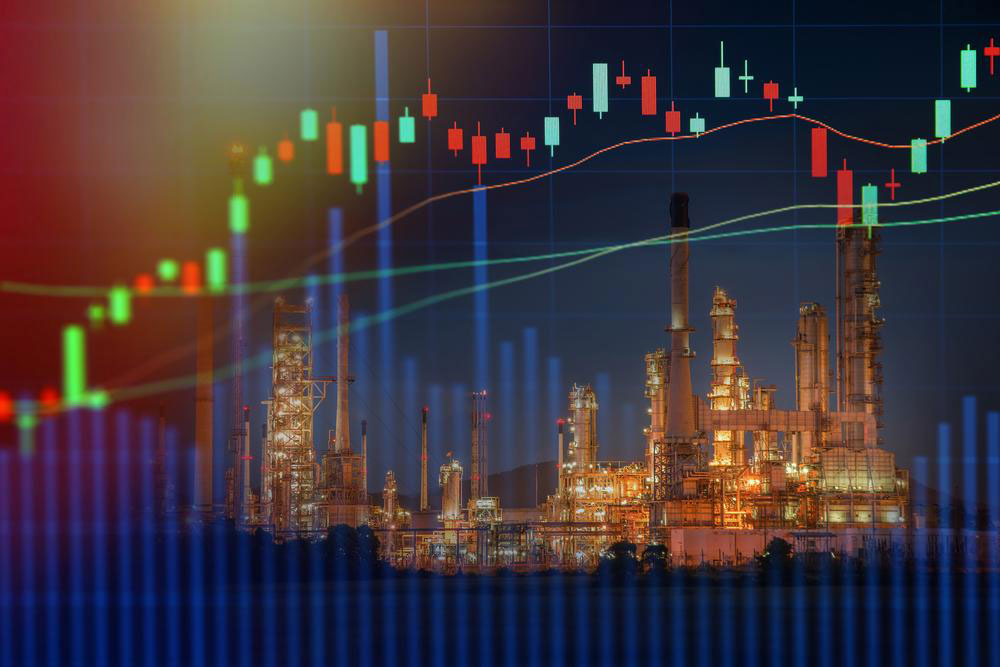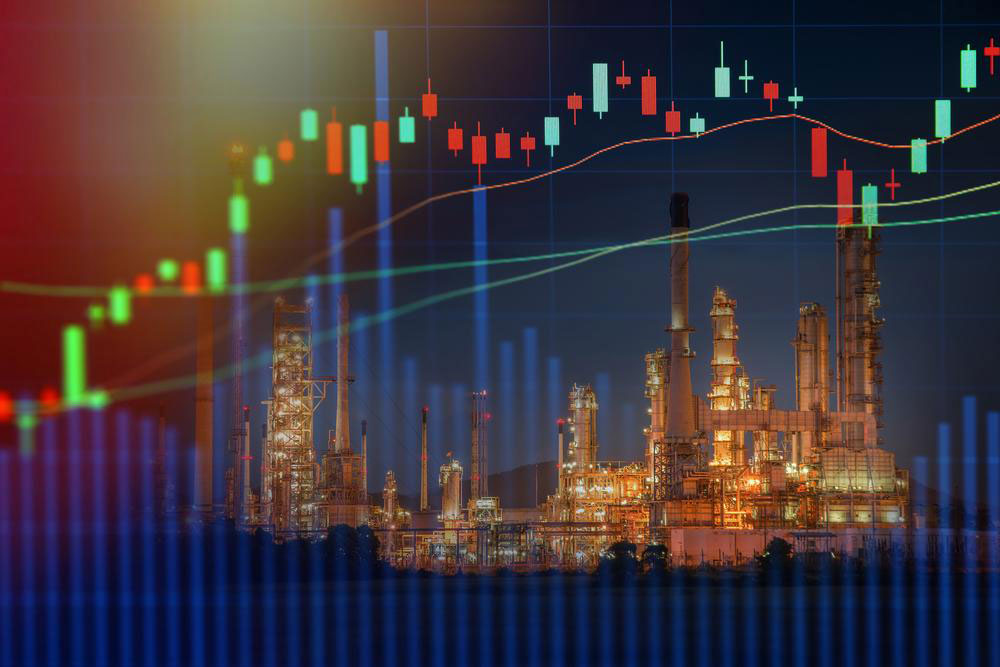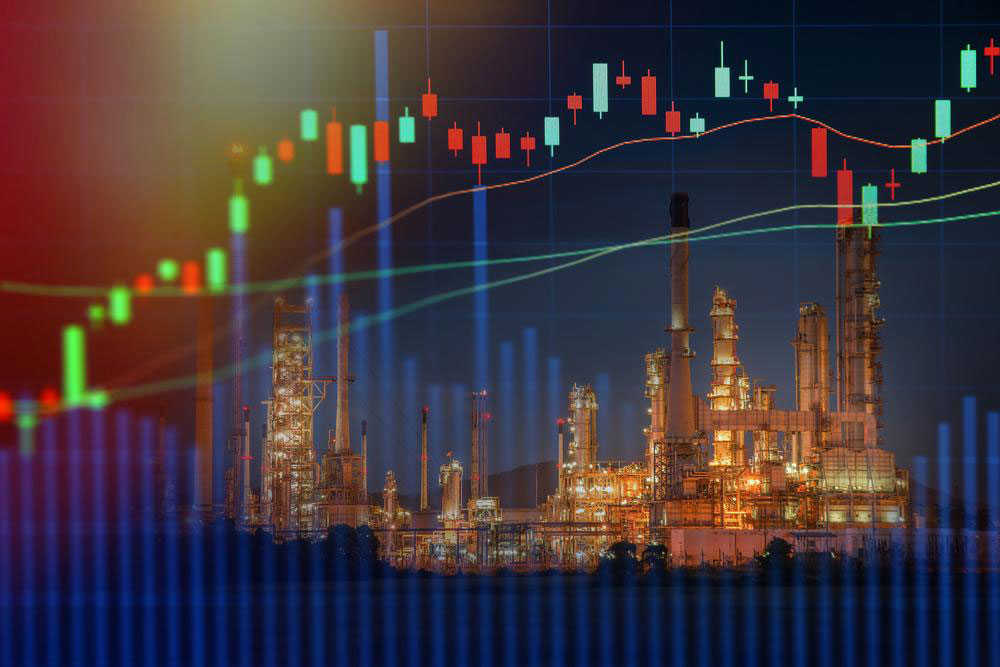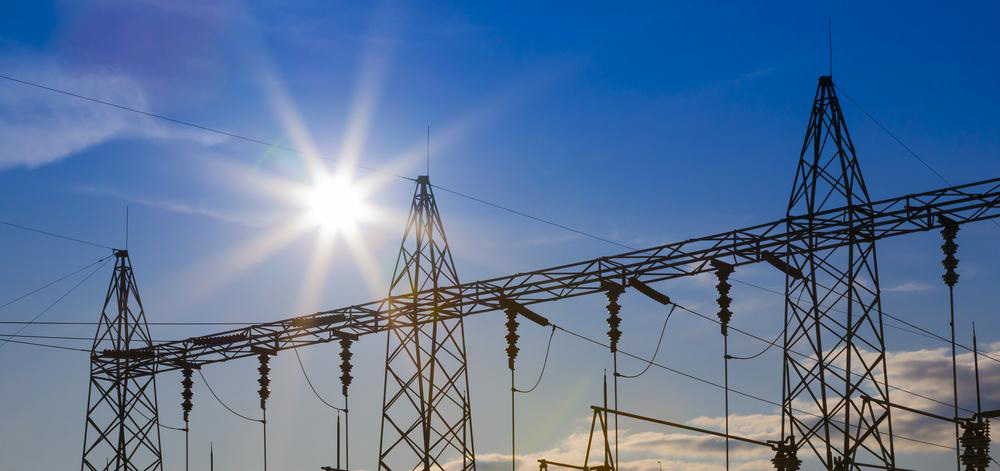Comprehensive Overview of the Global Oil and Gas Sector
This article provides an in-depth overview of the global oil and gas industry, covering its main segments—upstream, midstream, and downstream—as well as fuel composition, measurement standards, reserves, and current trends. It highlights the industry's economic significance, operational processes, and the shift towards sustainable practices amid rising energy demands worldwide.
Sponsored
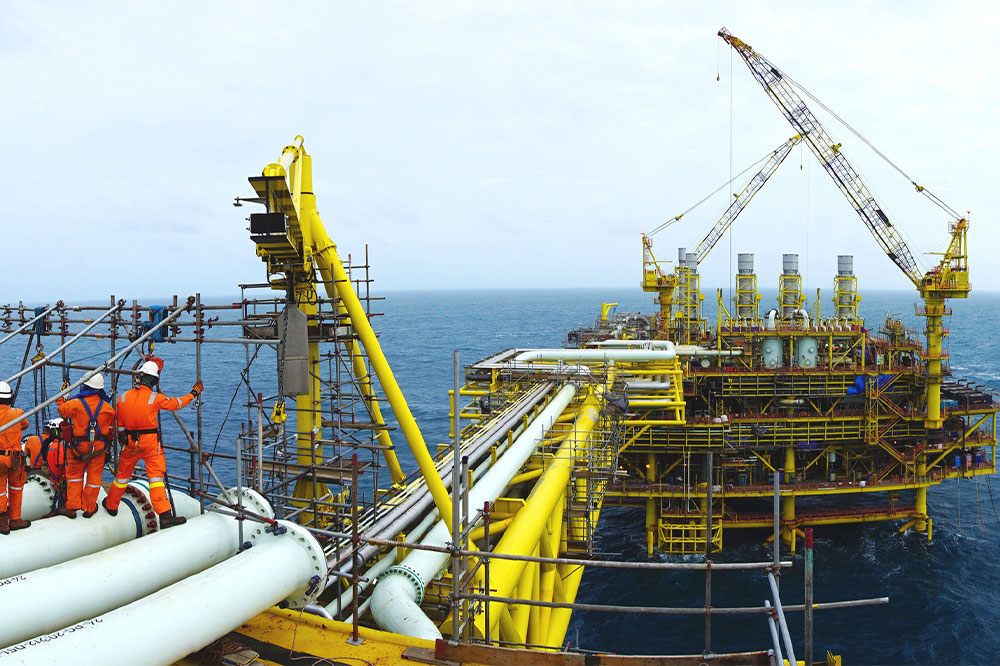
Understanding the Global Oil and Gas Industry
Oil and natural gas serve as the backbone of worldwide energy consumption. Nearly 70% of national energy needs rely on these fuels, underscoring their critical role. Valued at nearly $5 trillion, this sector is the largest in the global economy. Here’s a complete overview of how this intricate industry operates:
Core Divisions
Upstream Activities: This segment focuses on discovering and extracting hydrocarbons. It includes geological surveys, land rights acquisition, and exploration aimed at locating reservoirs underground or beneath the ocean floor. Crude oil varies in density from light to heavy and in sulfur content from sweet to sour, influencing refining ease. Natural gas occurs with or without oil, categorized as associated or non-associated, with types like wet gas or dry methane. Post exploration, drilling both offshore and onshore produces the discovered hydrocarbons.
Midstream: This section handles the transportation and storage of oil and gas, ensuring delivery to refineries via pipelines, ships, or trucks.
Downstream: This segment involves refining crude products into fuels and other petrochemicals, including petrol, diesel, jet fuel, kerosene, and LPG, which are supplied to consumers. It also encompasses sales and distribution.
Additional services include well maintenance, provided by specialized companies on contracts. Integrated companies operate across multiple segments for efficiency.
Fuel Composition
Hydrocarbons, organic compounds derived from the remains of ancient organisms in sedimentary rocks, make up oil and gas. These compounds form when subjected to specific temperatures and pressures, creating reservoirs trapped beneath cap rocks that need drilling to access the hydrocarbons.
Measurement Standards
Oil production is tracked in barrels (bbl), with units like barrels per day or quarter. One barrel equals 42 gallons. Gas is measured in cubic feet, using units like MMcf (million), Bcf (billion), or Tcf (trillion).
Understanding Oil Reserves
Reserves are identified deposits yet to be extracted, classified into proven (90% certainty), probable (50%), and possible (10%). These categories guide exploration and development efforts.
Current Global and Domestic Landscape
The country stands as a top crude oil producer and third-largest petroleum producer worldwide. Nearly 20 states significantly contribute to domestic output, supported by thousands of wells and refineries, making it energy self-sufficient. The industry also exports substantial fuel volumes. Major global producers include Saudi Arabia, China, Canada, and Russia. Rising demand and environmental concerns are fostering interest in sustainable extraction methods, emphasizing natural gas due to its lower emissions.
